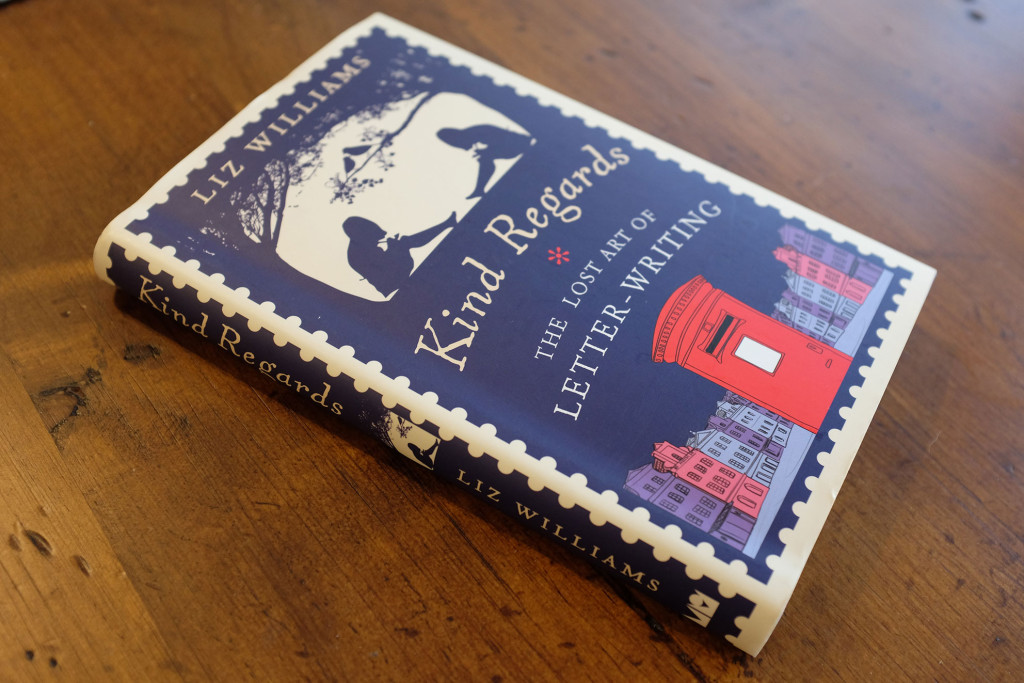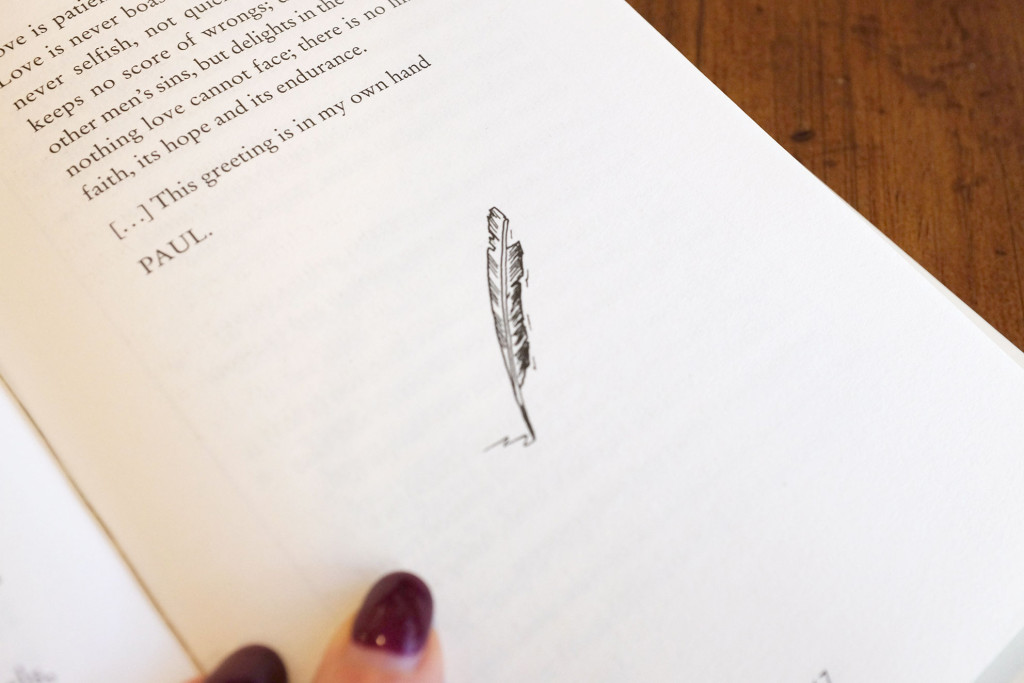I love receiving letters by snail mail…I used to regularly write to penfriends, and even took part in Postcrossing for a few years.
But nowadays, my post box only really sees bills and junk mail, and any communication is done through email, social media or texts.
However, although I am all for technology and instant connection, I do miss the romance and anticipation of writing and receiving letters.
The book I am reviewing today is all about this pastime…appropriately called Kind Regards: The Lost Art of Letter-Writing, it takes you on a journey of discovery through letter writing history.
Written by journalist Liz Williams, the book is divided into three sections.
The first section covers the history of the mail system, with plenty of interesting facts such as that in the early British Postal Service, it was the receiver who paid for the postage, whether they wanted the letter or not!
Could you imagine that happening nowadays…bet there were more then a few arguments caused by that!
And as the postage for sending letters here in Australia is rising, it is interesting to read that in 1812, the cost of sending a letter from London to Edinburgh, Scotland cost the equivalent of an average day’s salary!
The second section covers “Letterquette”…if you are stuck on how to construct a thank you letter, a dismissal letter or a condolence letter, then this is a very handy reference, with examples to cover most scenarios….except one that I experienced…
It doesn’t cover the hardest letter I have ever had to write…a letter to my husband’s donor family, to say thank you for allowing the gift of life and saving my husband.
You have to balance the joy that my loved one was now alive after receiving the donor liver, with the grief the family is feeling for the loss of their loved one.
And in Australia, you have to avoid any identifying information, as donors are to remain anonymous as are recipients.
But this kind of letter called for carefully chosen words, hand written on a card…something I hadn’t done for years.
And yes, we did receive a letter back….
But I digress…
This part of the book also talks about the rise of the email…this is something I have never really paid much thought to but emailing actually signifies a loss of historic reference for future generations.
Historians are able to glean much about life in the years gone past through analysing achieves of personal letters.
Now that most communication is done electronically, data is not archived like letters once were.
Once read, most emails are deleted to avoid an overfull mailbox.
It is kind of sad to think that future generations may not ever know what day to day life in Australia was like during my life time.
Hopefully someone, somewhere is carrying on the tradition.
The last section of the book looks at famous letters throughout the years, and what we can learn from them.
One in particular interested me…I am not religious, but I went to an Anglican school, and we often recited 1 Corinthians 13: 1 – 7…I can still say it word for word…in the old English version.
I had absolutely no idea that this was actually based on a letter written in AD54…with St Paul aiming to lay down guidelines for the Christian community in Corinth.
For now we see through a glass, darkly; but then face to face: now I know in part; but then shall I know even as also I am known.
An easy to read book that is beautifully presented, Kind Regards would make a lovely gift for someone who loves their letter writing, and maybe enough to get someone inspired to write again!
Let’s not allow the humble letter to die out…instead of emailing someone to say thank you, or how much you miss them, perhaps send them a handwritten letter!
My post box is always open to letters, and yes, I do write back!
Kind Regards: The Lost Art of Letter Writing can be found at good bookshops and online, including The Book Depository.
Please note: this is not a sponsored post! My opinions are, as always, totally my own!





Oh, what a wonderful review of my book (Liz Williams is my pen-name). Thank you so very much!